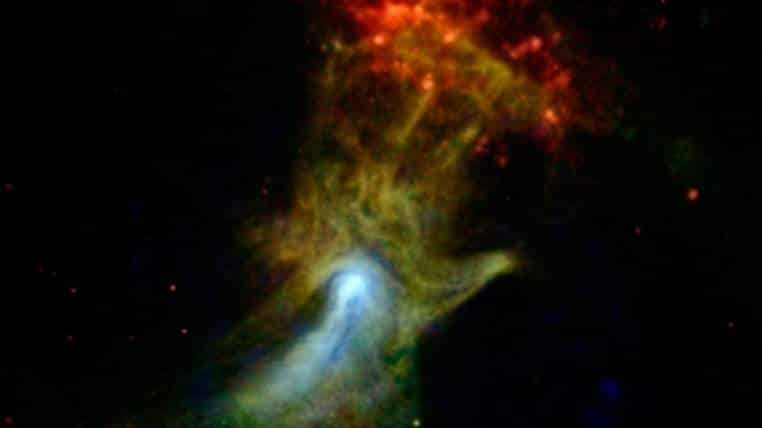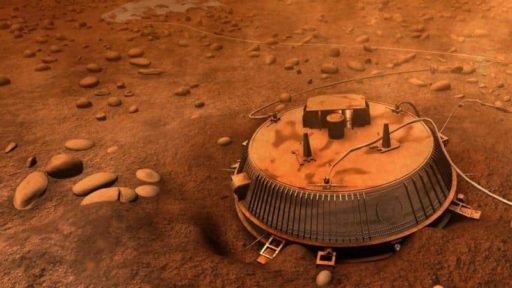NASA‘s Nuclear Spectroscopic Telescope Array (NuStar) is the very first space-based X-ray telescope that uses a Wolter telescope to focus high energy X-rays from astrophysical sources, especially for nuclear spectroscopy, and operates in the range of 5 to 80 keV. Lately, this X-ray telescope has captured amazing photo of ‘Hand of God.’
NASA launched NuStar on June 13, 2012. NuStar is the eleventh mission of the NASA Small Explorer satellite program (SMEX-11). Its primary scientific goals are to conduct a deep survey for black holes a billion times more massive than the Sun, understand how particles are accelerated to within a fraction of a percent below the speed of light in active galaxies, and understand how the elements are created in the explosions of massive stars by imaging the remains, which are called supernova remnants.
However, the image that NuStar X-ray telescope has captured is of nebula which is 17,000 light-years away, and is powered by a dead, spinning star called PSR B1509-58. The pulsar itself is just 19 kilometers (12 miles) long in diameter, but spins around nearly seven times every second. As it spins, it throws out particles upheaved during the star’s death, which interact with magnetic fields around the ejected material, causing it to glow with X-rays.
The red area that appears near the end of the ‘hand of God’s’ “fingers” is a separate celestial body that has been identified as RCW 89. It is believed that the pulsar’s wind may be creating heat that causes the cloud to produce the red X-ray glow. But NASA is not sure whether the pulsar particles are interacting with the surrounding materials in a specific way to make it look like a hand, or if the materials are in fact shaped like a hand.
Hongjun An of McGill University, Montreal, Canada said, “We don’t know if the hand shape is an optical illusion. With NuSTAR, the hand looks more like a fist, which is giving us some clues.”
Source: NASA (JPL)
[ttjad keyword=”camera-general”]


![Read more about the article [Update] NASA’s Lunar Probe LADEE To Crash Into The Moon This Month](https://thetechjournal.com/wp-content/uploads/2014/04/LADEE-and-Moon-512x288.jpg)
